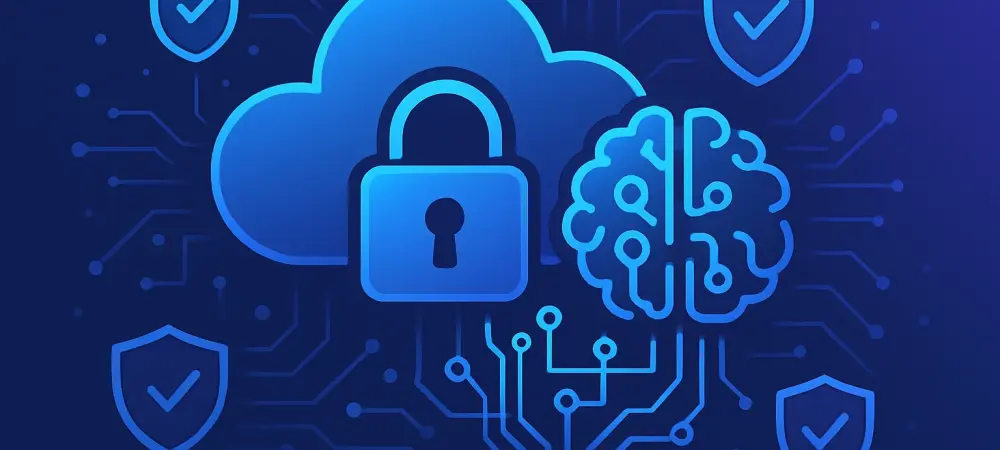I’m thrilled to sit down with Dominic Jainy, a seasoned IT professional whose deep expertise in artificial intelligence, machine learning, and blockchain has positioned him as a thought leader in emerging tech. Today, we’re diving into the fascinating world of cloud security, focusing on a groundbreaking partnership between two major players in the industry. Dominic brings a unique perspective on how such collaborations can transform enterprise security in dynamic cloud environments. Our conversation explores the innovative approaches to prevention, the power of real-time insights, the role of automation in threat management, and the broader implications for businesses navigating the complexities of cloud adoption.
How did you first become interested in the intersection of cloud security and emerging technologies like AI and blockchain?
My journey started with a fascination for how technology can solve complex problems. Early in my career, I saw how cloud environments were becoming the backbone of modern enterprises, but with that came significant security challenges. AI and machine learning caught my attention as tools to predict and prevent threats, while blockchain offered intriguing possibilities for secure, decentralized data management. I’ve since been exploring how these technologies can be layered into cloud security frameworks to create robust, future-proof solutions.
What excites you most about the recent advancements in unified cloud security solutions?
What gets me really pumped is the shift from reactive to proactive security. For too long, organizations have been stuck in a cycle of detecting breaches after the fact and scrambling to fix them. Now, with integrated platforms, we’re seeing real-time visibility and prevention-focused strategies that stop threats before they can do harm. It’s a game-changer for CISOs and security teams who’ve been drowning in alerts and manual processes.
Can you explain why the rapid expansion of cloud infrastructure poses such unique challenges for security teams?
Absolutely. As companies rush to adopt cloud solutions for scalability and efficiency, they often overlook the complexity of securing dynamic, distributed environments. Misconfigurations are rampant, identity management becomes a nightmare, and attackers exploit these gaps at lightning speed. Security teams are left juggling multiple tools and endless alerts, which leads to fatigue and slower response times. It’s a perfect storm that demands a more cohesive, automated approach to close those risk gaps.
How do you see integrated platforms changing the way organizations approach cloud security compared to traditional methods?
Traditional methods often forced a choice between detection and prevention, leaving a window for attackers to slip through. Integrated platforms flip that script by combining visibility with enforcement. They provide a holistic view of the cloud environment and pair it with immediate, actionable responses. This means organizations aren’t just identifying risks—they’re stopping them in their tracks, often before a threat even fully materializes.
What’s your take on the concept of a prevention-first model in cloud security, and why does it matter?
A prevention-first model is all about staying ahead of the bad guys. Instead of waiting for an attack to happen and then cleaning up the mess, this approach focuses on identifying vulnerabilities and blocking threats upfront. It matters because every minute an attacker has access to your system, the damage multiplies. By prioritizing prevention, businesses can minimize exposure and protect their assets more effectively, which is critical in today’s fast-paced threat landscape.
How does real-time visibility into cloud configurations help security teams stay on top of potential risks?
Real-time visibility is like having a constant radar on your cloud environment. It lets teams see configurations, policies, and potential weak spots as they evolve, rather than relying on periodic scans that might miss critical changes. This continuous monitoring means risks can be flagged instantly, and with the right tools, prioritized based on severity. It’s a huge step toward shrinking the window of opportunity for attackers.
Can you share your thoughts on how automation is reshaping threat remediation for enterprises?
Automation is a lifeline for overworked security teams. Manually handling every alert or misconfiguration is unsustainable, especially with the volume of threats today. Automated remediation takes alerts and translates them into immediate actions—like updating firewall rules or isolating a compromised resource—without human intervention. This cuts response times dramatically, often from hours to minutes, and lets teams focus on strategy rather than firefighting.
What role do you believe AI plays in defending against sophisticated threats like zero-day attacks in the cloud?
AI is pivotal in tackling zero-day attacks because these threats exploit unknown vulnerabilities, where traditional signature-based defenses fall short. AI can analyze patterns, detect anomalies, and predict potential attack vectors in real time by learning from vast amounts of data. In a cloud context, this means identifying unusual behavior across sprawling environments and stopping attacks before they escalate, even if the specific exploit has never been seen before.
How do you think these unified security solutions impact compliance with regulatory requirements for businesses?
Compliance is a massive headache for companies, especially in regulated industries like finance or healthcare. Unified security solutions help by providing clear visibility into configurations and risks, ensuring that policies align with standards like GDPR or HIPAA. They also automate logging and remediation, which creates an audit trail and demonstrates due diligence. This not only reduces the risk of fines but also builds trust with customers and partners.
What’s your forecast for the future of cloud security as adoption continues to accelerate?
I believe cloud security will become even more integrated and intelligent over the next few years. We’ll see deeper adoption of AI and machine learning for predictive threat prevention, alongside tighter integrations between platforms to eliminate silos. Automation will be non-negotiable as environments grow more complex, and I expect a stronger focus on zero-trust architectures to lock down access. Ultimately, the goal will be seamless, end-to-end security from code to cloud, adapting in real time to whatever threats come next.

